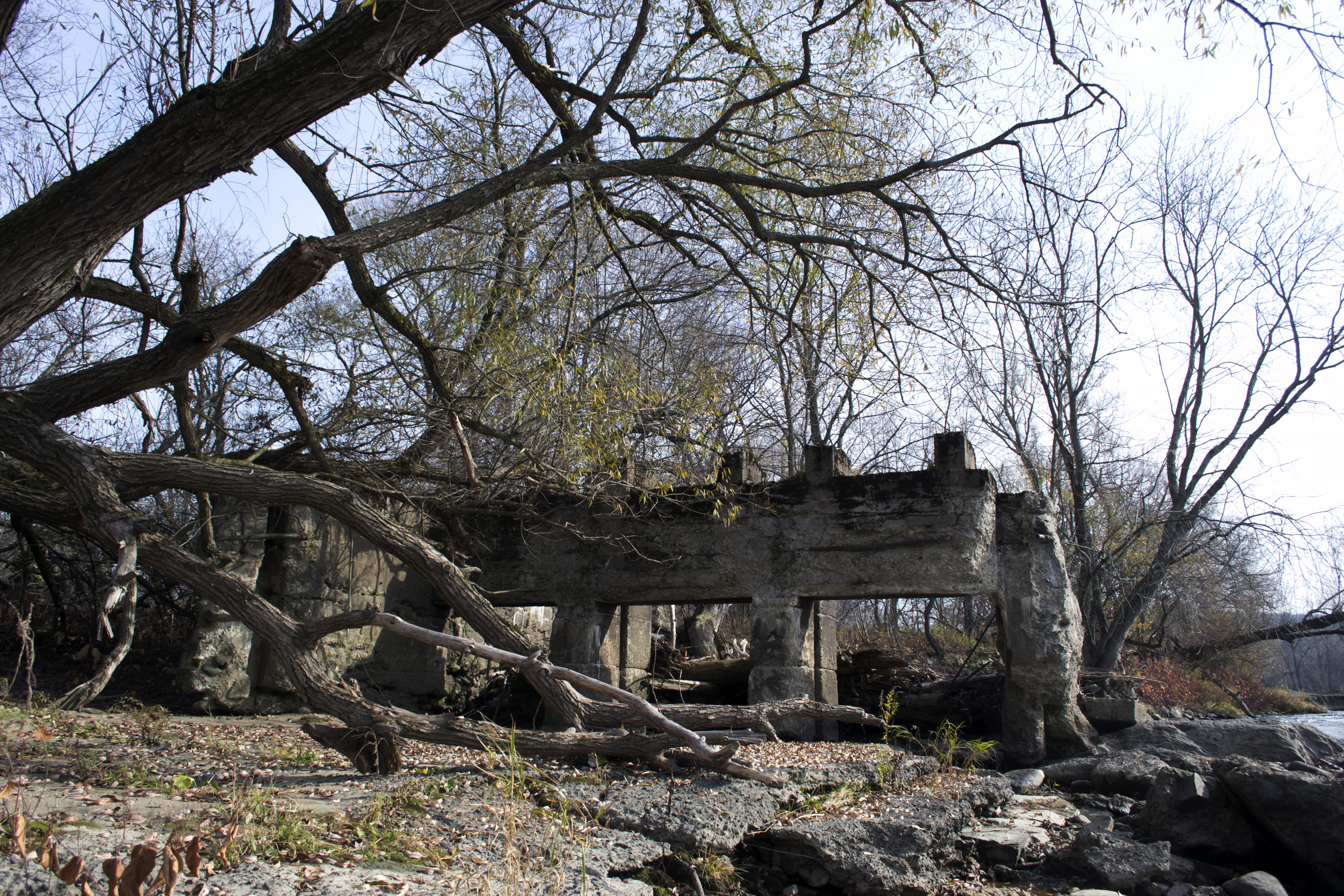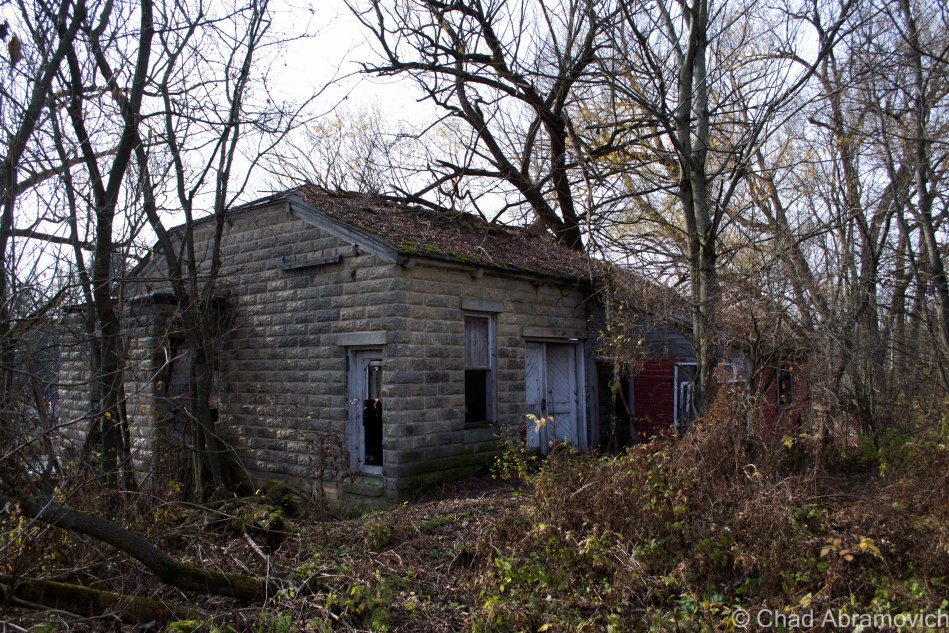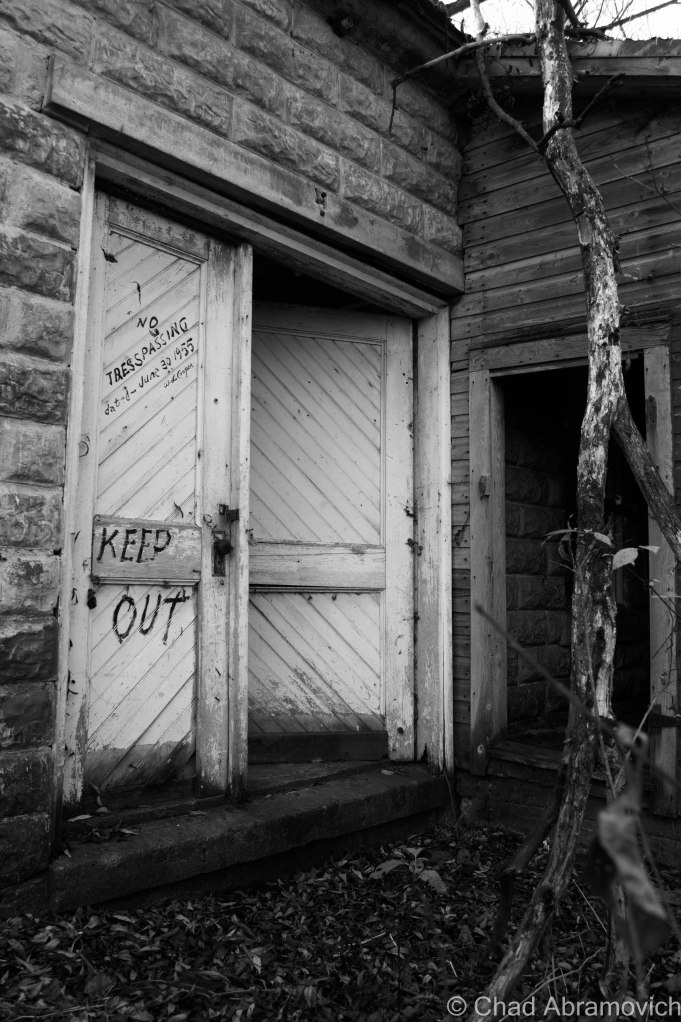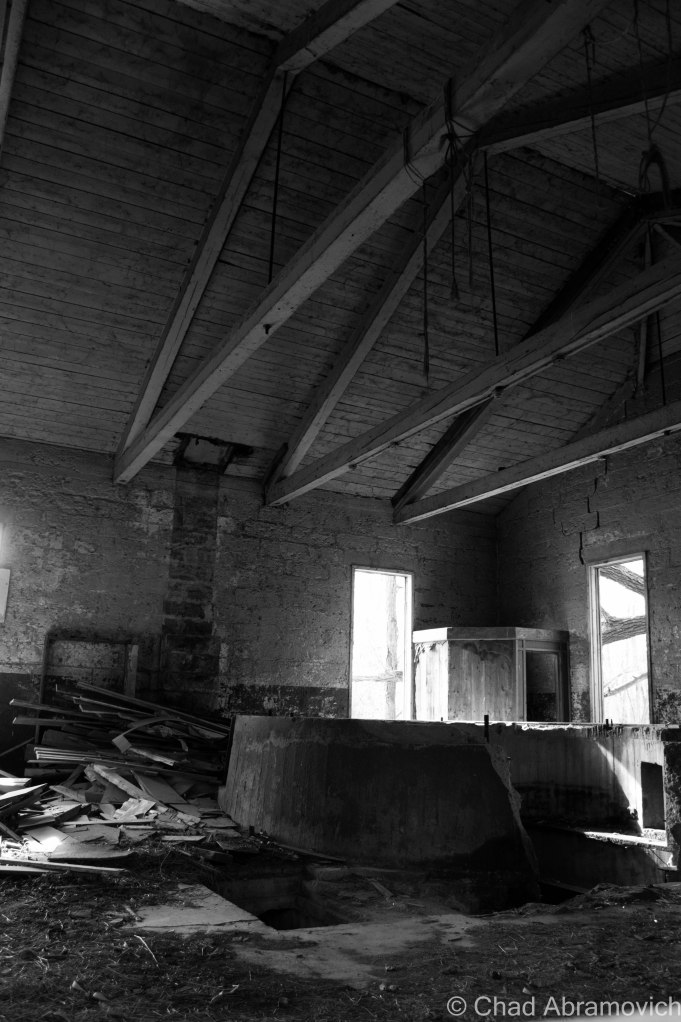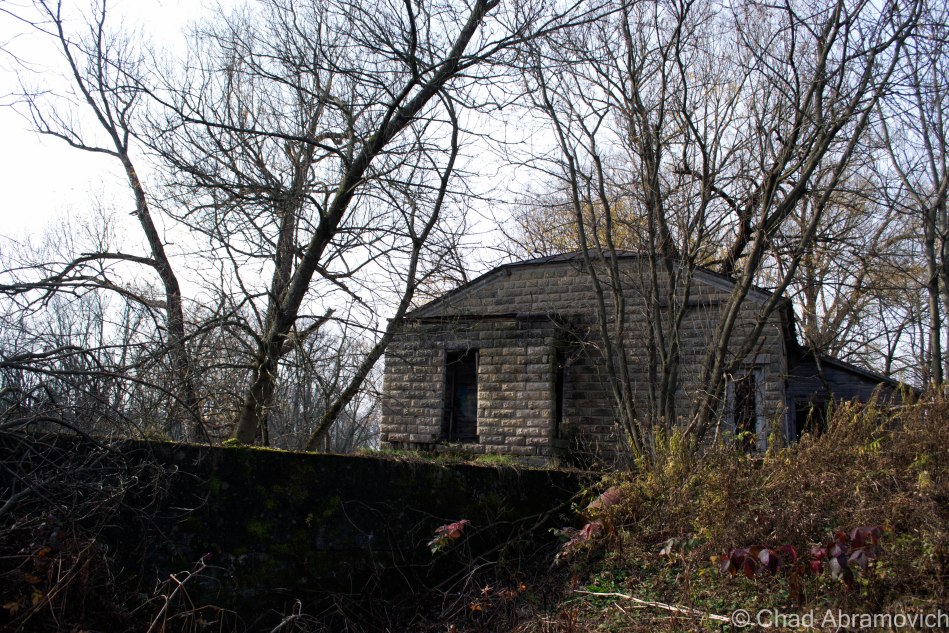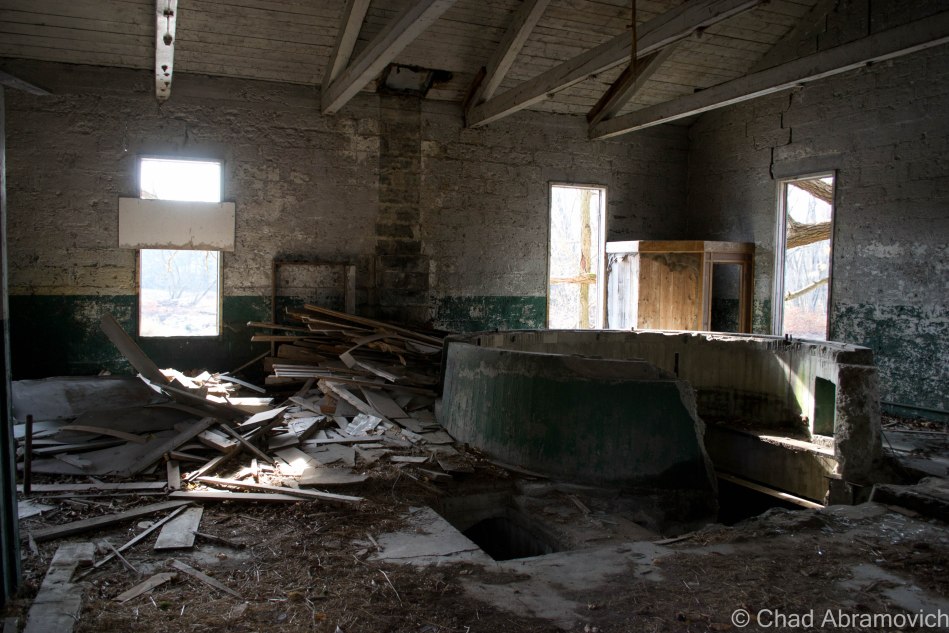The sad reality that winter was on its way was all too evident as me and a friend set out for a journey into Northern Vermont. Most of the hillsides were grey and barren and the grass had long lost its summer sheen. However in Downtown Saint Albans, the stately Maples in Taylor Park still retained their Red and Orange leaves, an ideal ceiling for the bustling gathering on the sprawling lawn. Out of Saint Albans, Route 105 runs up and down the rolling hills of Franklin County’s farm country, through a jejune landscape that even the sun and her warming light had a hard time cheering up. The brisk winds scurrying the dead leaves around in swirling movements battered the front windshield. We drove through interesting small towns and villages such as Enosburg Falls, East Berkshire and the more hardscrabble Richford to the North, communities once far larger and more prosperous 100 years ago, now only hinted by fading landmarks and regal architecture beating in and out of time.
But this trip would in no way go the way I had hoped it would go. We had a particular destination in mind, and drove an hour and a half to get there, with little more then hope and determination and a general idea of where we were going. But sadly, a little more research and planning would have been helpful. The property in question was heavily fortified, with a very imposing chain link fence capped with barbed wire that ran not only at the roads edge, but jutted deep back into the scraggly North woods with no end in sight. To make matters worse, the already rough road had no shoulder to park on, and the front gate of the property was in the middle of 2 tumbledown trailer homes, neither of which we felt comfortable being near. Admitting defeat, we had no choice but to turn away with heavy hearts and uprooted minds. Now the question was what were we going to do with the rest of our day. We inched up the slopes of the Green Mountains as the road climbed around a deep set beaver pond before cresting at the top of the hill, yielding brilliant views of Richford and Quebec, all lost somewhere in a thick haze that pitied the changing of the seasons. I plan on returning to this place, with permission to access the property I hope – So I’ll save revealing this location for another entry.
As we drove back into the crumbling streets of Richford, we debated what to do next. We had seen some interesting old houses and other picture worthy things on the drive up, so I figured we might as well make use of our trip. Richford had beauty in its tough skin and Enousburg Falls showcased an impressive array of Victorian architecture and an attractive brick downtown complete with an opera house and well preserved painted brick advertisements. Plus, the Victorian ruins of the former Kendal Factory sat in the middle of town, the sagging facade and vacant windows are always interesting to photograph.
As we approached one of the many Missisquoi Valley Rail Trail crossings, there was some sort of form in the woods that only offered a fleeting glimpse of it’s existence as we passed it. Curious, and wanting to kill more time, we turned around to try to get a better look. There was indeed something sulking in the river bottom forest, and it was abandoned. The property had grown completely wild and was untamed, but there were 4 wheeler trails that cut across the area, and they seemed well maintained, so someone had to use them, and often. But what was this place?
I had no idea what sort of ruins I was walking around, but the strange beauty of the ruins along the Missisquoi banks, ensnared with twisting roots and moss more then made up for the missing information. Wondering below the Willow trees, more ruins emerged out of their slumber. Large cement structures, covered with moss were accepting their fate, as the snarled skeletons of tree routes which are working on destroying all evidence of this odd ruin. Peering inside, I looked at 2 subterranean rooms that look like they went far below the Earth’s surface, but were so filled with trash, leaves and dead branches that it was impossible to tell. I thought about climbing down into one, but quickly decided against it. The chambers smelled strongly of stale air, dampness and rot. Who knew what was waiting for me down there.
I made my way towards the stone building through waist high weeds that tangled themselves around my body and made passage extremely difficult. The building was only a single room, its floor marred with holes where former machinery most likely once sat. Most evidence of it’s industrial past had long been removed – its cold cinder block walls the eternal witnesses to its secrets. My best guess was it was some sort of mill. I noticed a rather vivid “No Trespassing” warning written on the front doors, in sharpie. An odd note to this warning was the person who wrote it, dated it at June 30, 1955 and then signed his name to his warning.
Having a blog can be a great resource, especially when readers are kind enough to share their information and experiences. This was one such case, where a commenter was friendly enough to put the puzzle pieces together for me, and with a little more research via the Montgomery Historical Society, I had more possible clues. These ruins may very well be all that remains of the Sampsonville Mill, a satellite of the former Atlas Plywood Company. With their main headquarters in Montgomery, they also owned separate mills in North Troy, Richford (Sampsonville) and Montgomery. Because Montgomery and the surrounding towns had some of the finest veneer timber in the United States, and ready access to water power and the railroad, the region proved to be an ideal place for the Atlas Company. The company boasted that its satellite locations provided the company and the communities it served with jobs, but kept the facilities small enough to be human scale and to prevent crowded and cramped conditions. It was also said that this was to prevent any labor organizers from unionizing. The Atlas Plywood Company was probably most noted for their fine Victrola’s. Sadly the company went out of business by the 1950s due to the popularity of radios and changes in the packaging industry. The company’s headquarters building can still be seen in the small village of Montgomery Center. As of 2008, it was converted into a ski lodge.
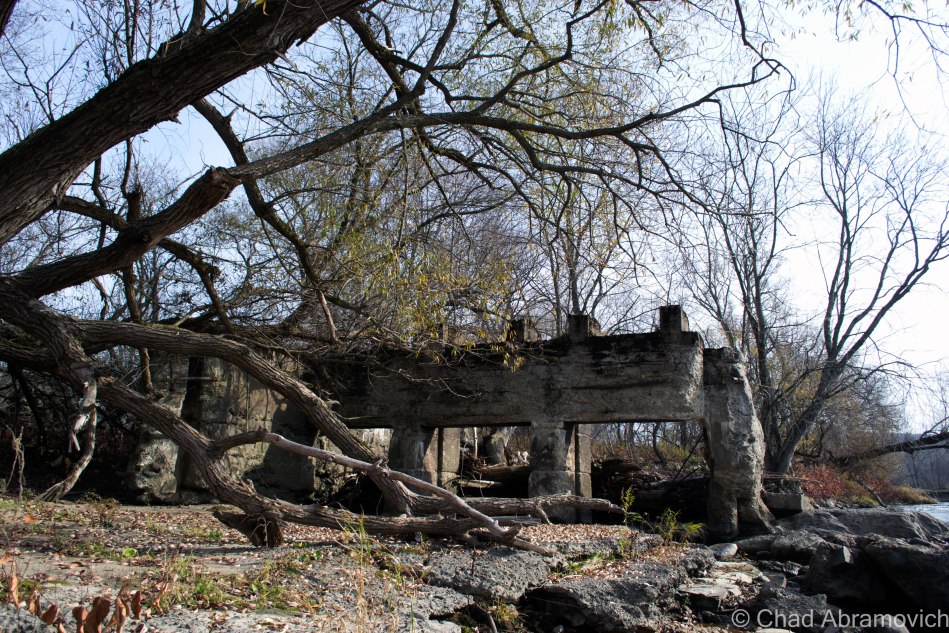
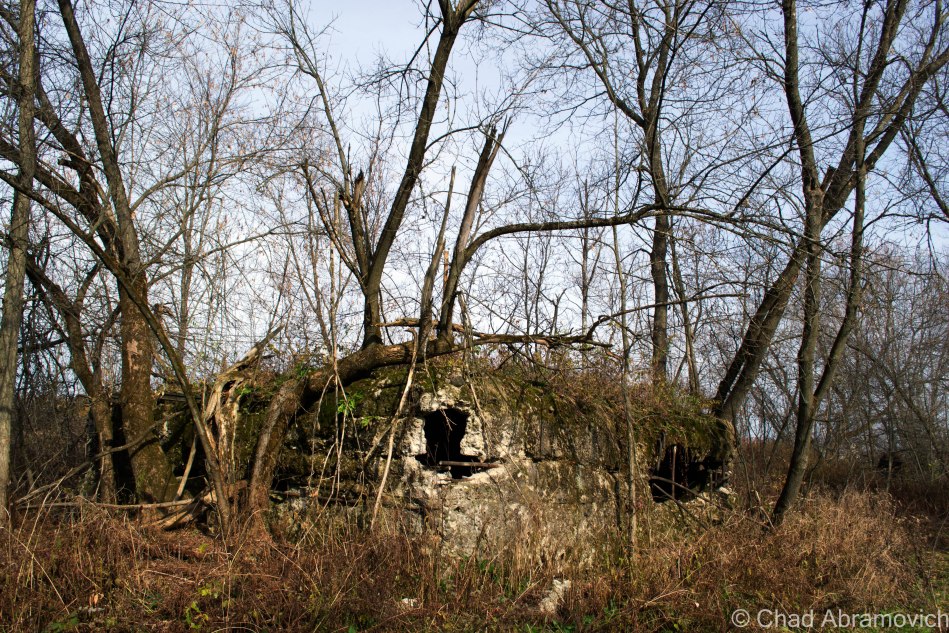
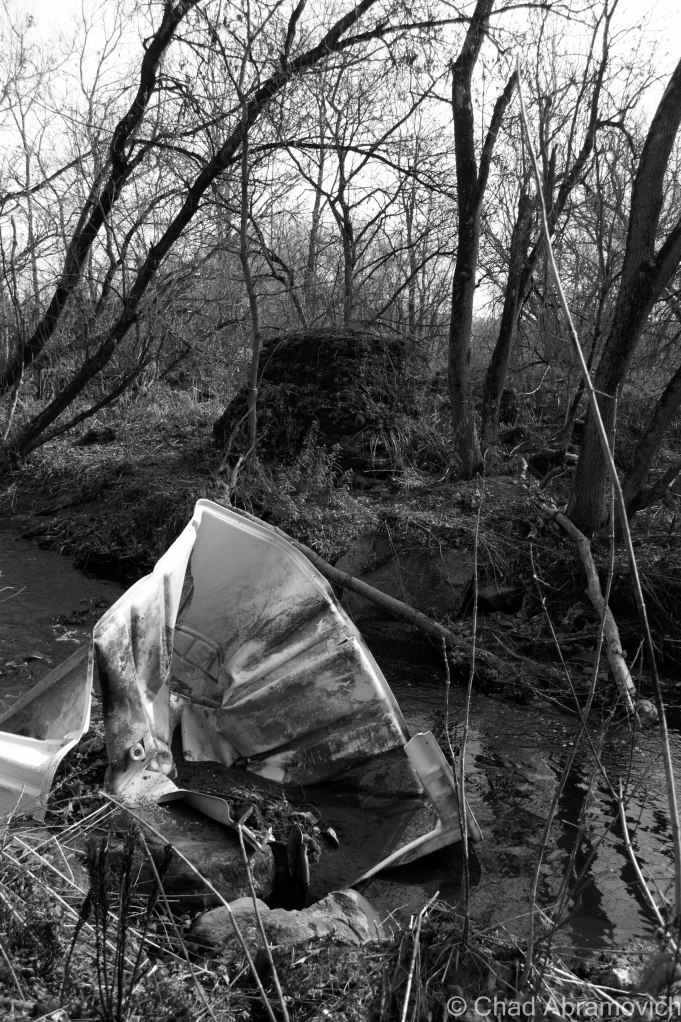
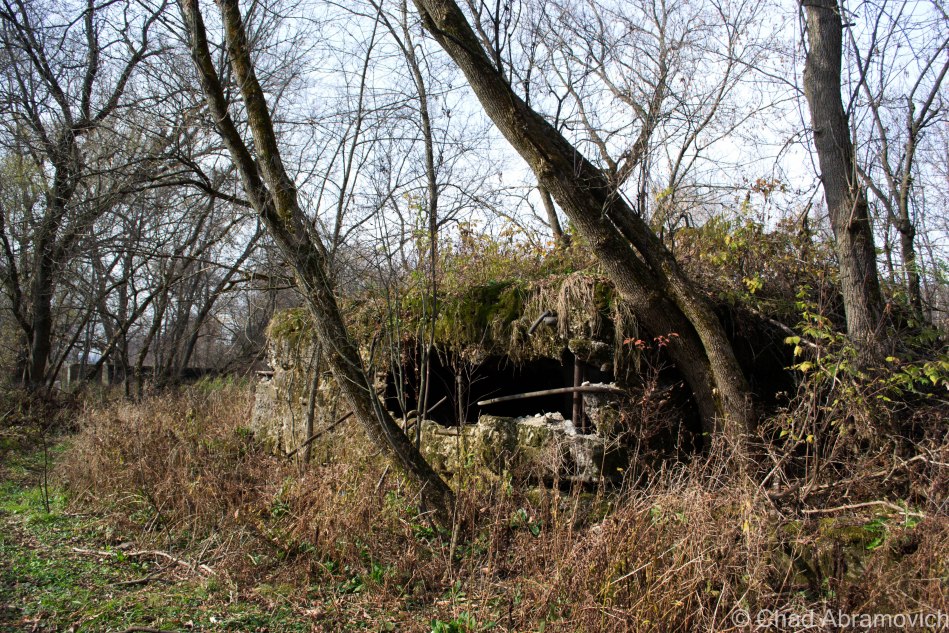
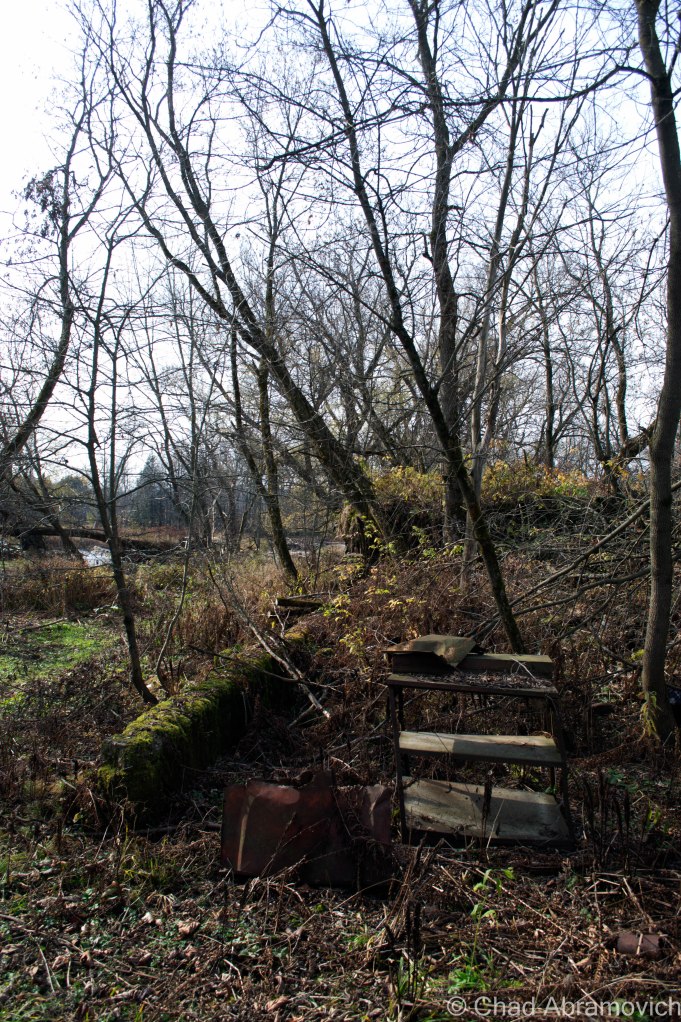
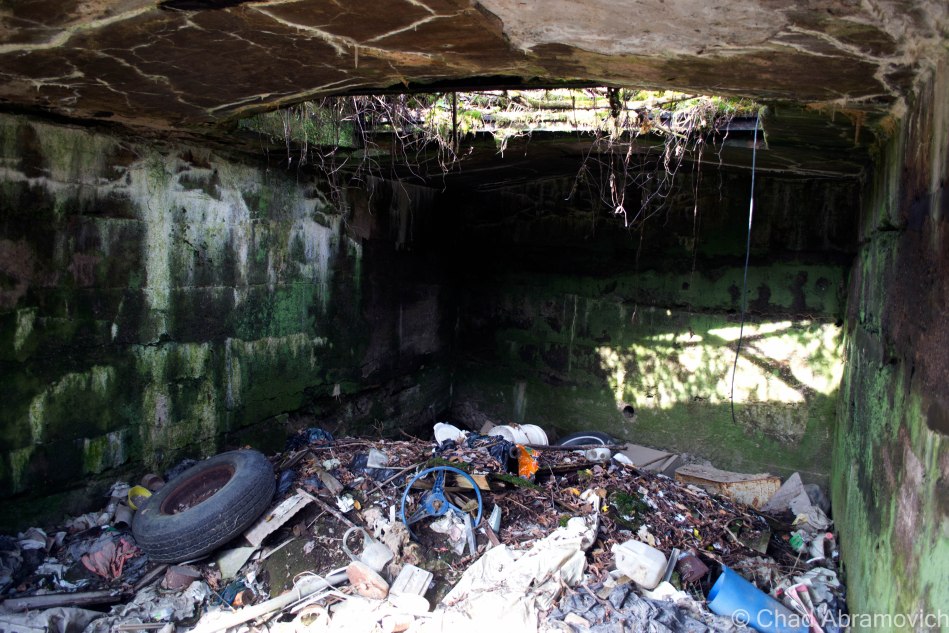
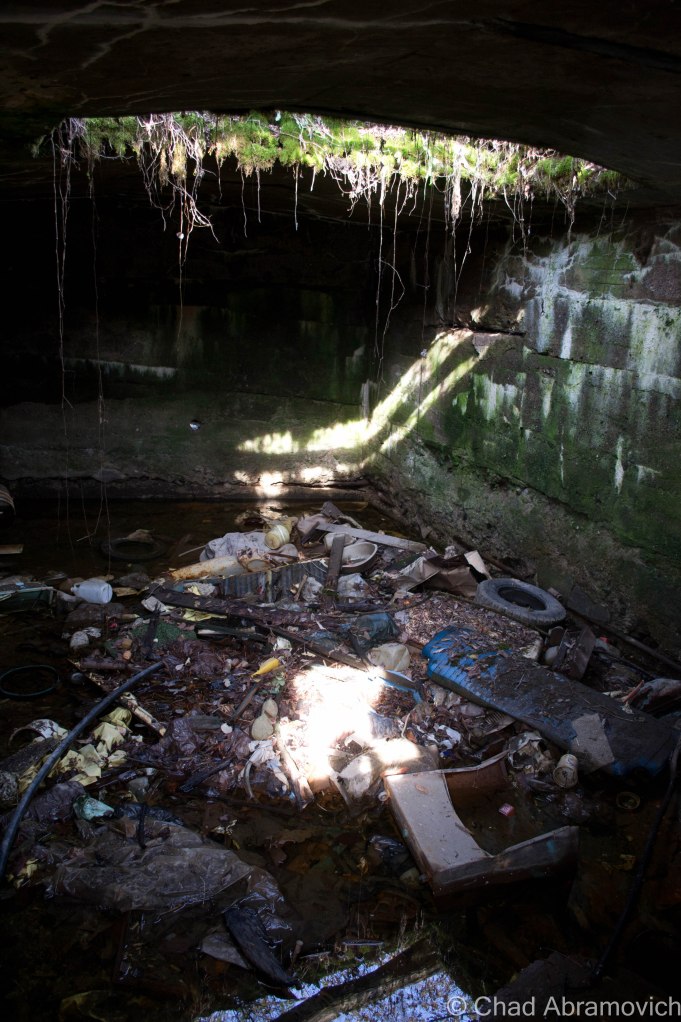

—————————————————————————————————————————————–
To all of my amazing fans and supporters, I am truly grateful and humbled by all of the support and donations through out the years that have kept Obscure Vermont up and running.
As you all know I spend countless hours researching, writing, and traveling to produce and sustain this blog. Obscure Vermont is funded entirely on generous donations that you the wonderful viewers and supporters have made. Expenses range from internet fees to host the blog, to investing in research materials, to traveling expenses. Also, donations help keep me current with my photography gear, computer, and computer software so that I can deliver the best quality possible.
If you value, appreciate, and enjoy reading about my adventures please consider making a donation to my new Gofundme account or Paypal. Any donation would not only be greatly appreciated and help keep this blog going, it would also keep me doing what I love. Thank you!
Gofundme: https://www.gofundme.com/b5jp97d4


